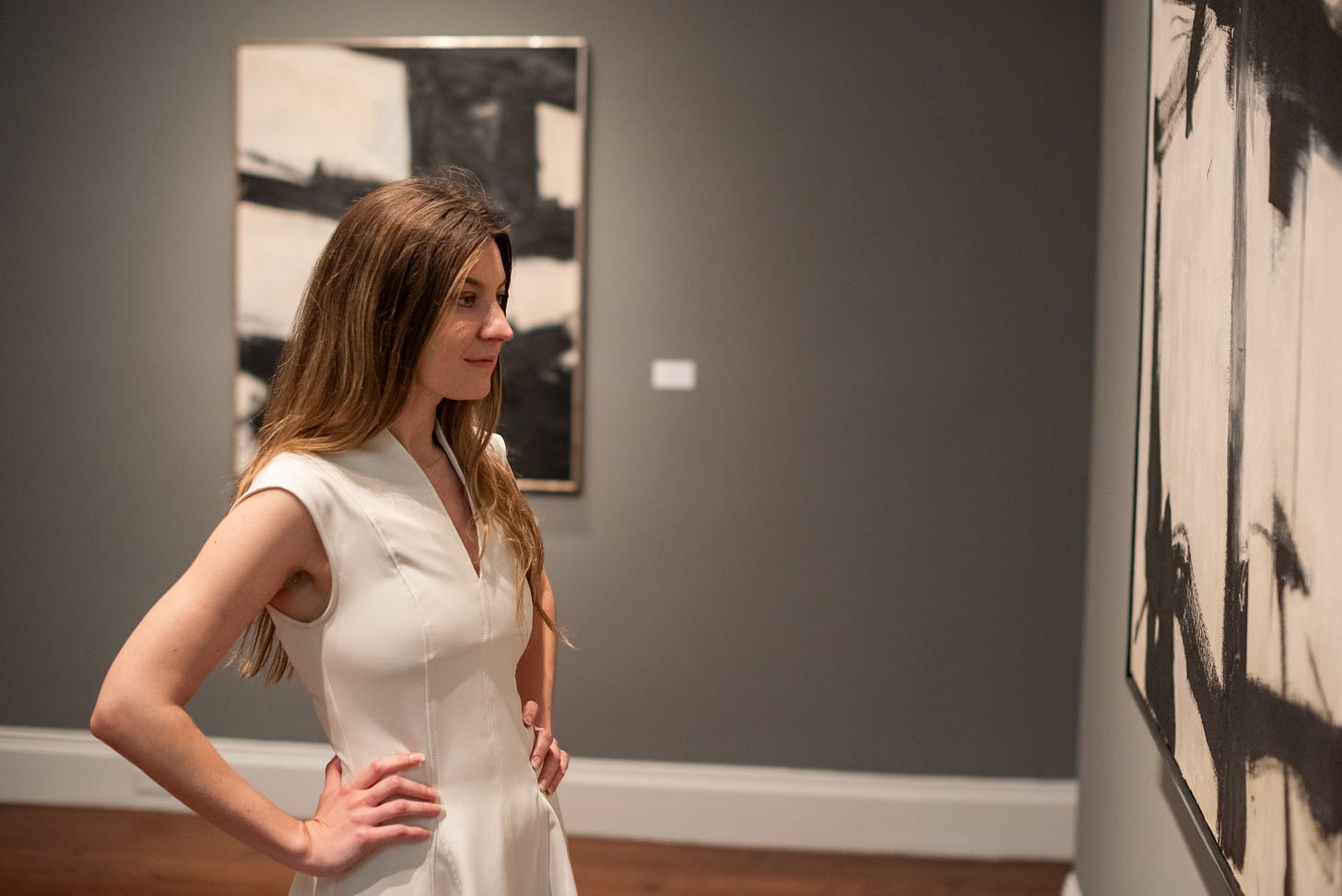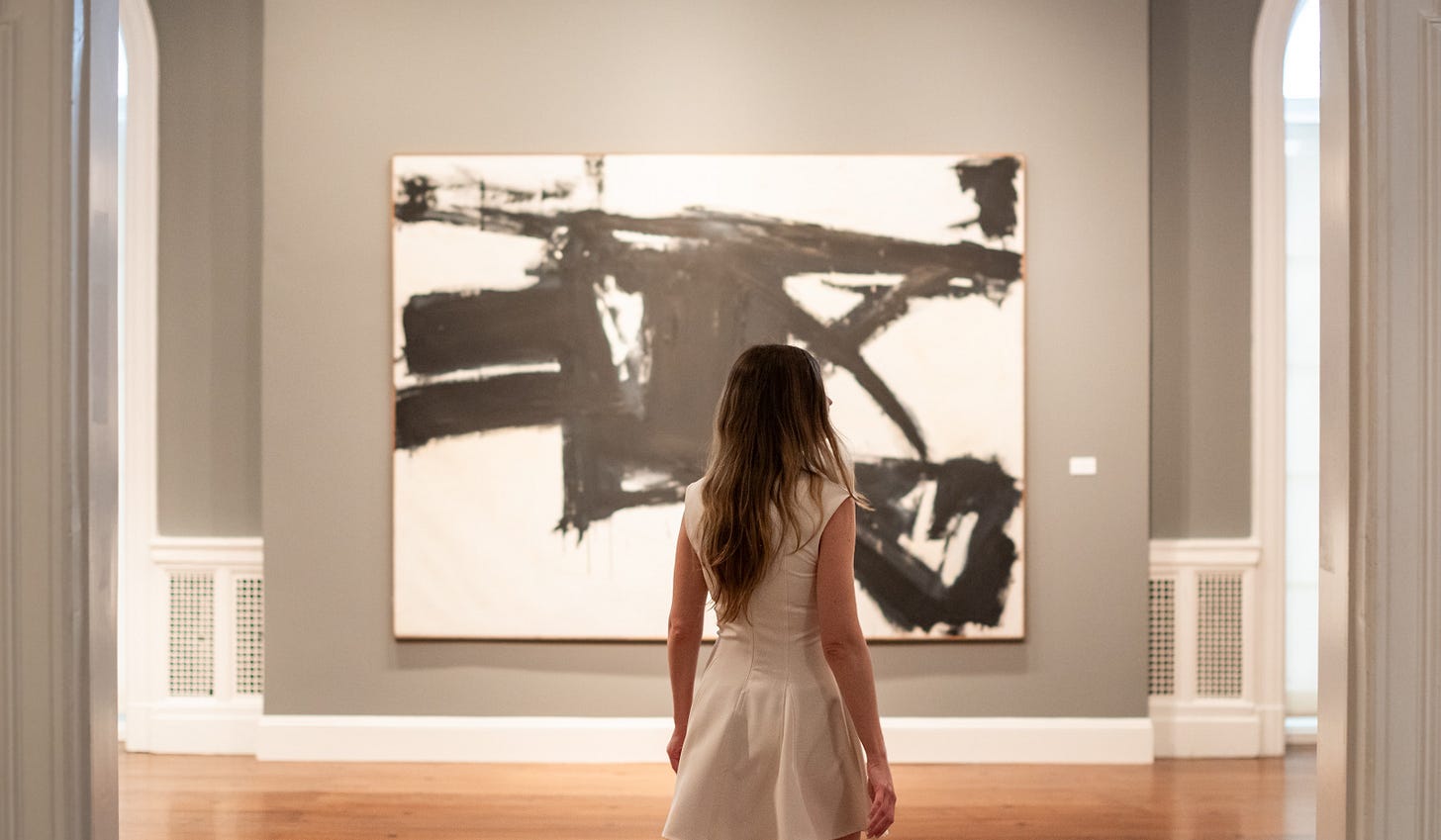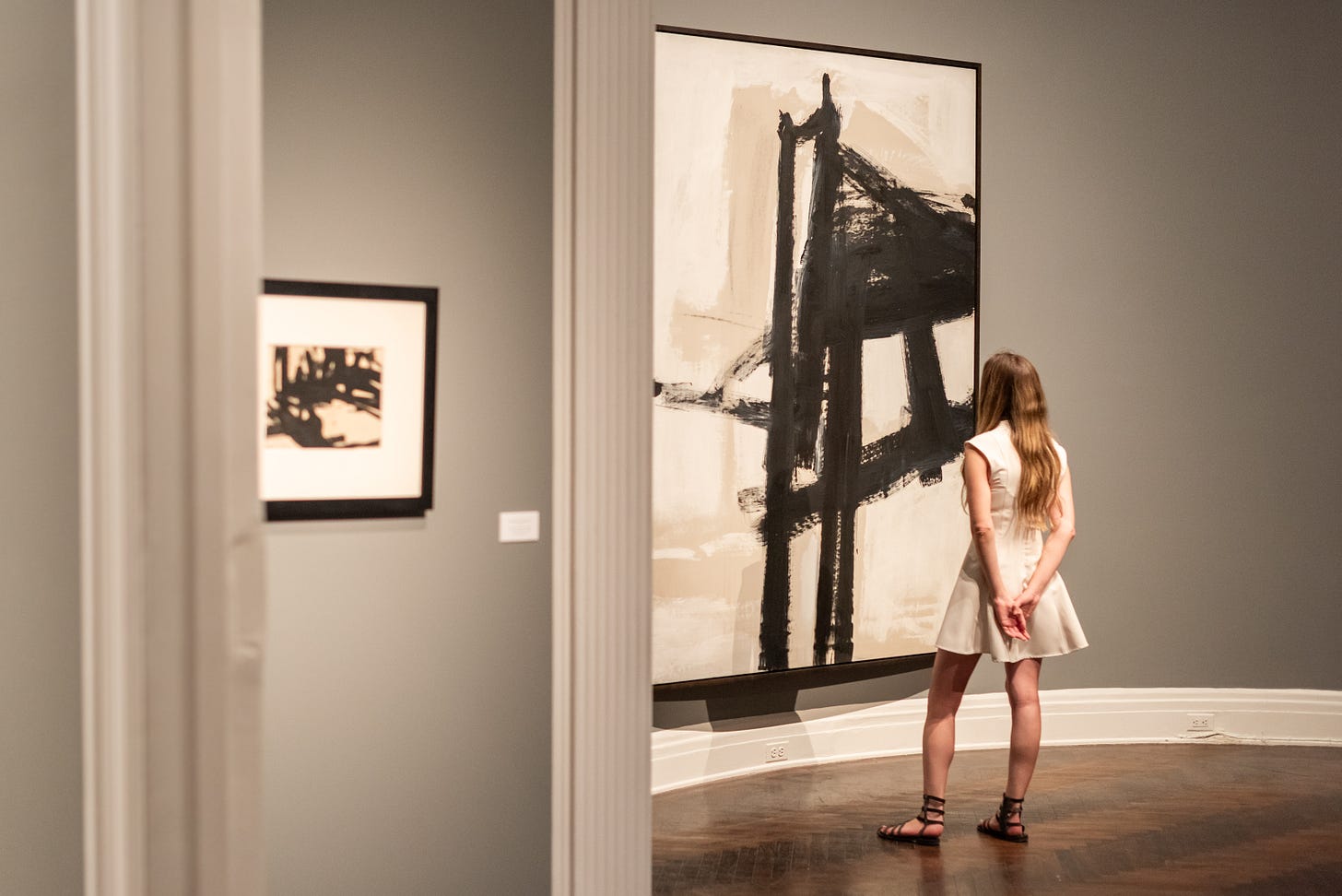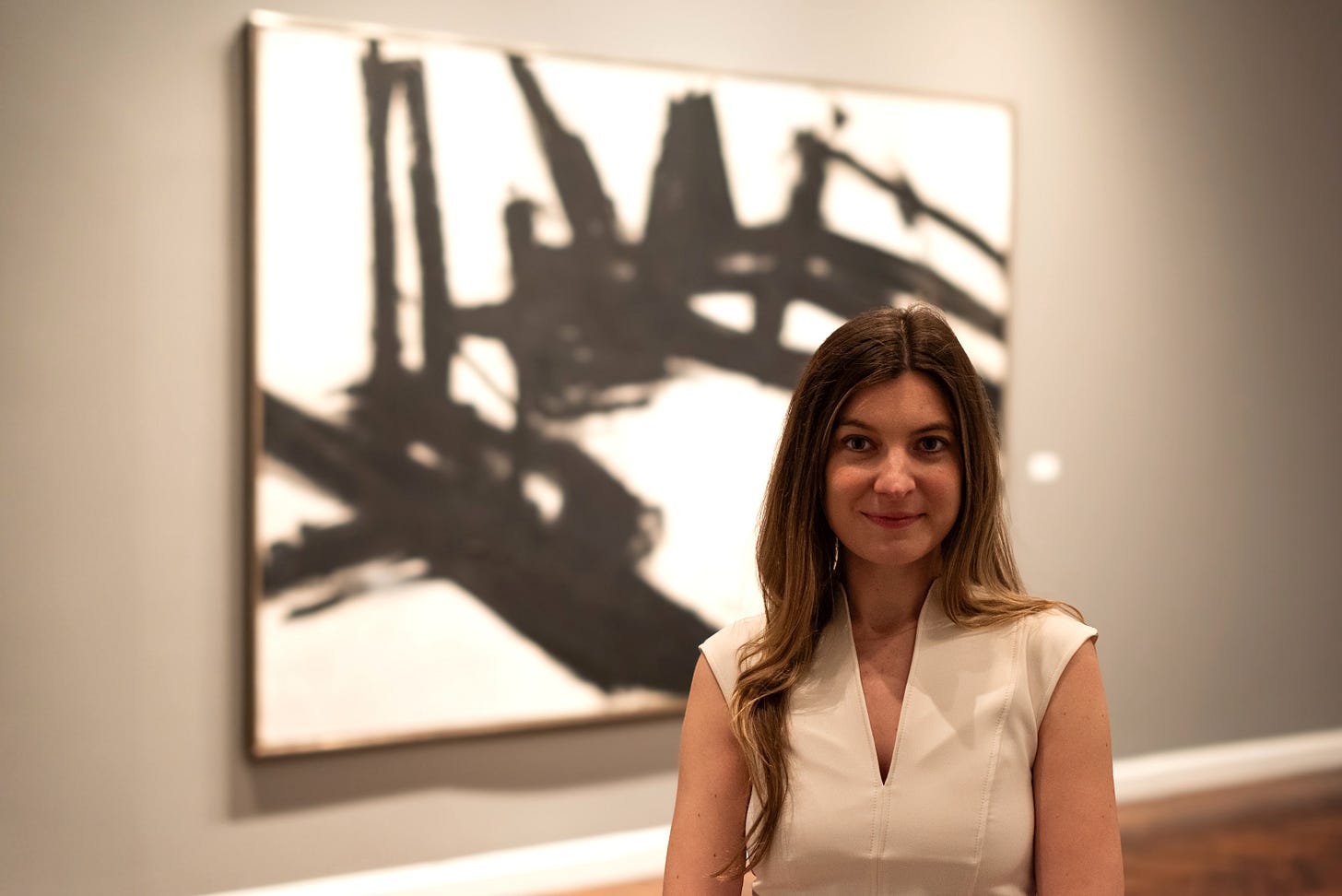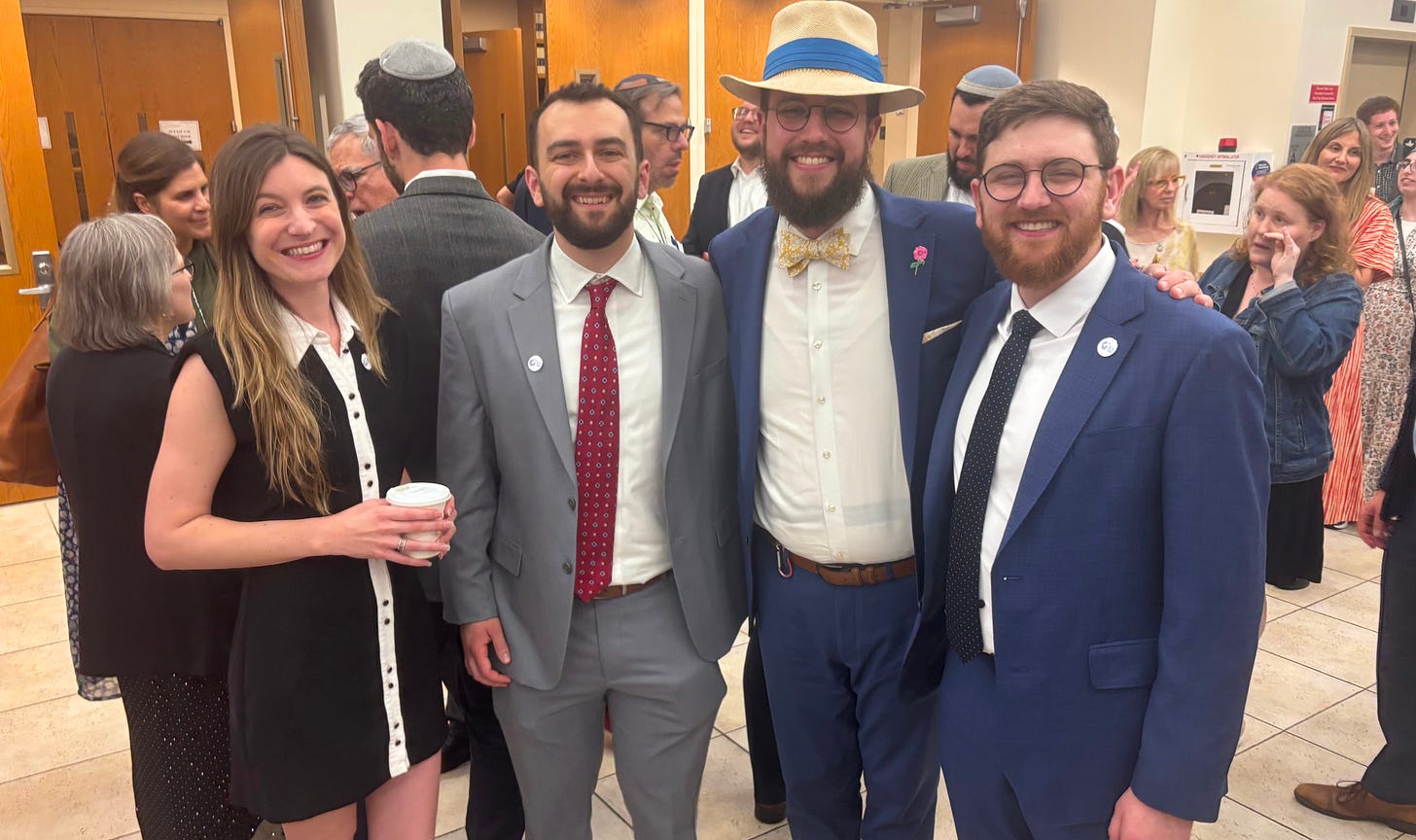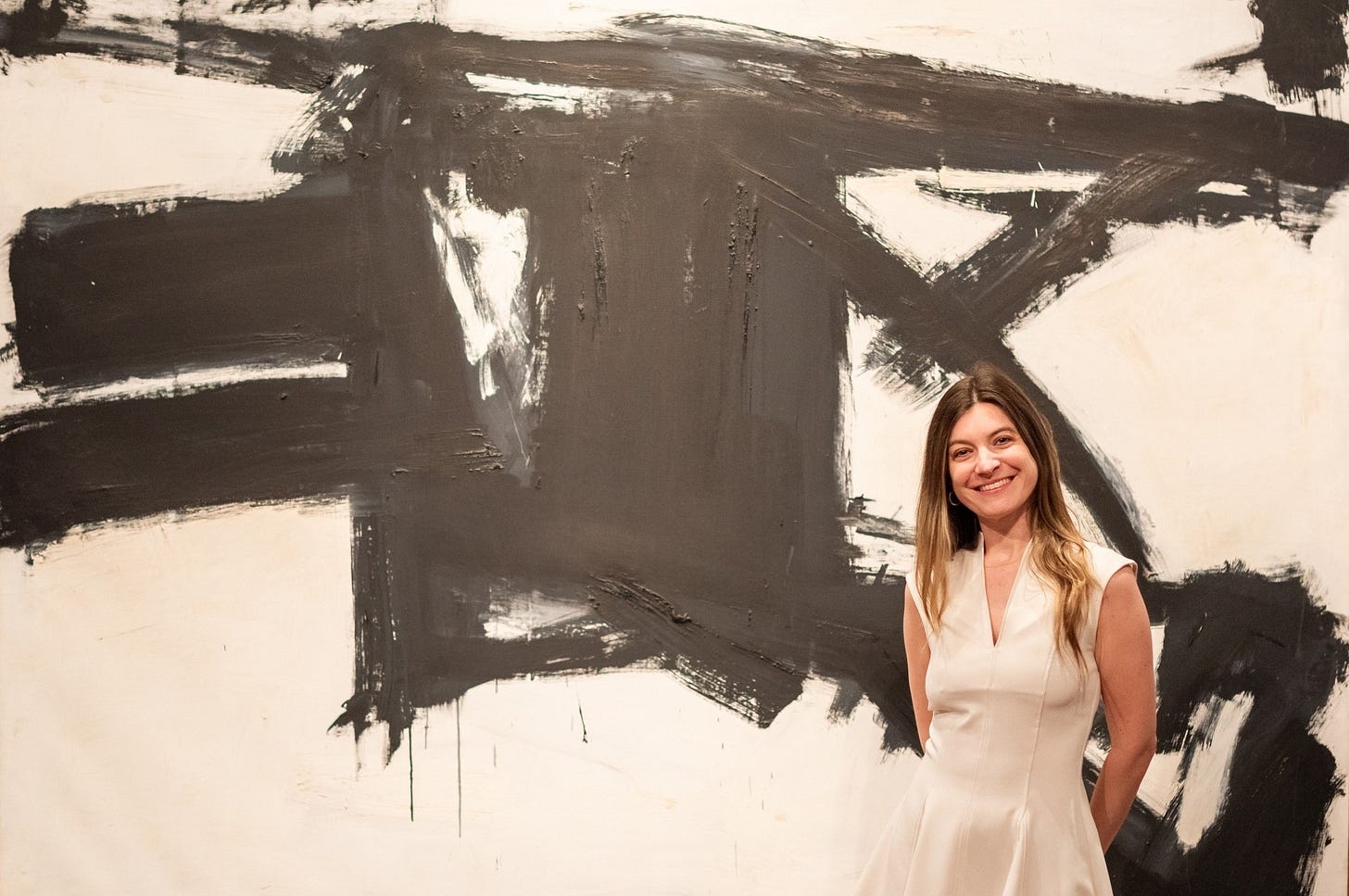
One dreary grey afternoon in high school, I found myself alone in the computer lab after classes had ended for the day. It was one of those afternoons where everything felt the same as it always had, as if nothing would ever change. I glanced at the clock on the wall above the doorway, as if that would help things. Suddenly I saw with perfect clarity in my mind’s eye a scene of a whole different place than where I was, and I saw myself inside that scene. I could literally feel the excitement of being in that other physical space. It was a jolting, optimistic reminder that better places were out there and that I would hopefully find myself in them one day. It was like a hug from the future.
The art I love most transports me to better and more beautiful places. It gives me that same giddy, excited feeling I experienced that one afternoon as a teenager. We all need reminders that the world is big and that new opportunities to experience joy and pleasure exist around every corner, including in places we would never anticipate or expect. The hope of continuing to have those experiences keeps me going.
Abstract Expressionism has its detractors, but I think many of the people who enjoy this style of art—Mark Rothko comes to mind as a favorite—appreciate the way that it takes you somewhere else, somewhere better. Mark Rothko doesn’t do much for me, but among the Abstract Expressionists Franz Kline (1910-1962) definitely gets me going the most. His paintings truly transport me to other places. I visited his two-floor solo exhibition at the Mnuchin Gallery on the Upper East Side several times so that I could repeatedly recapture and experience that transportive feeling from his work.
Franz Kline is famous for huge, gestural paintings mostly featuring blacks, whites, and some beiges. Through this exhibition I had the pleasure of spending real, up-close time with these paintings, which literally unspool their visual contents in an accordion-like manner into entirely new spaces within the canvases themselves. Somehow for me, even more so than figurative painters do, Franz Kline creates new physical places—or ideas of places—within his large black paint streaks in varying textures.
While many of his ubiquitous black-and-white works are untitled, others reference physical places. Kline himself emphasized that he should not be held responsible for guiding viewers into specific interpretations of his paintings. As noted in the Mnuchin Gallery’s one-page exhibition sheet, Kline famously rejected pressure to explain any so-called meanings of his art by saying: “I’ll answer you the same way Louis Armstrong does when they ask him what it means when he blows his trumpet. Louis says, ‘Brother, if you don’t get it, there is no way I can tell you.’”
Far be it from me to step in and offer explanations. If I may briefly interject, however, I always want to experience new and elevated places, and Franz Kline’s paintings take me there. Along the lines of Louis Armstrong, the Franz Kline exhibition reminded me of the War on Drugs song “Thinking of a Place,” which describes that dreamy, ethereal feeling of invoking a location that may or may not exist in the mind’s eye.
Travel—visual, mental, or geographic—offers us the chance to experience other places that can make us feel new emotions or bring us to novel levels of excitement or happiness. Sometimes the idea of travel is better than the reality. In other moments, travel simply reminds us of the issues and baggage that we unwittingly take everywhere we go.
The last few years, work has kept me mostly homebound. The situation has forced me to find transportive, evocative experiences in New York City where I live. Travel can be an escape from home and all the responsibilities and work that home entails, but I haven’t had the opportunity to leave home much recently.
Home can mean a lot of different things. It is a physical site, like a city or a country. It is also a physical structure, like an apartment or a house. Homes—structures meant to house us for varying periods of time—can also take the form of marriages, relationships, friendships, and religious communities. A home can also mean a business or a creative project. Even this newsletter is a home of sorts, for particular kinds of ideas and stories. Home is also your body, and your breath.
It is always a balancing act between investing your time and effort in the home where you currently reside, while also aspiring to and dreaming of a bigger and better one. Sometimes it takes a while to find out which homes are worth keeping and renovating, and which ones need to be abandoned or torn down altogether. Either way, finding and building a home—then maintaining it afterwards—takes an incredible amount of effort. I find that each home I’ve had—the physical ones and the jobs in which I’ve “lived” in my career so far—have always prepared me for the next one.
Nothing brings you into confrontation with your own fears and emotional wounds like the process of building structures that are meant to last. Building a career—which has involved starting this newsletter—is an ongoing process of laborious, painstaking construction. The process has also unexpectedly highlighted certain personal anxieties that comprise, to my frustration, a sort of oppositional force inside me against forward movement.
When you build a structure or a home like a business or a marriage, sometimes things unfold so rapidly that you can’t accurately take a measure of how it’s going until a lot of time passes. Building something often requires a substantial upfront investment of energy, time, money, and emotion. It can take a while for that investment to boomerang and return back to you. On any given day, a glance at the construction site can’t provide an accurate measure of where things stand and how they are going. Things are transforming so much that you’ll only see the difference much later.
There are people who build too-small homes and structures out of necessity, but many people do so, I think, out of insecurity. When we build structures, we may think we are being very wise and judicious when we preemptively impose various ceilings and limits upon them. These limits are usually artificial, and we may not even realize we are creating them.
There may be varying motivations for building and holding onto homes that feel too tight, too small, or too restrictive. Some people like to feel a sense of superiority in any given environment. Being the most powerful individuals in their homes allows those people a way to maintain that advantageous power dynamic with others. Being the wealthiest, smartest, or most attractive person in the room all of the time can feel very intoxicating and reassuring to one’s ego. For those people, life often eventually seems to force them out of these ill-fitting structures, where they then experience the unpleasant sensation of having their opinions and egos threatened. Becoming a small fish in a big pond will harm and alter their self-concepts.
Then there are other people, who build restrictively tight homes because they don’t believe they deserve or could maintain bigger or better-fitting ones. Many of us deliberately play small in various areas of our lives because we are afraid of what would happen—how we would behave and what kinds of mistakes we would make—if we got any bigger. We’ve all seen successful people abuse their power or publicly make foolish missteps that are obvious to everyone except themselves.
After I published my last newsletter, I lost a handful of subscribers. The experience spooked me and shook my confidence. More uncomfortable than the feeling of rejection that I experienced, however, was the simultaneous relief I felt when it happened. I was disturbed by that. On a conscious level, of course I want this newsletter to reach as many readers as possible. Right?
At the same time, I am aware of the intensifying fear I feel as I continue writing and as my subscriber list continues to grow. More readers mean more criticism, more judgment, probably more eye rolls at some of my photos of myself posing with art, that sort of thing. More readers also mean more potential witnesses if I make a mistake, which is probably bound to happen. It also means more people who could potentially ask the question I most fear hearing: Who does she think she is? The answer is, of course, that I am a random NYC townie with a blog.
For most of my career, among colleagues I have usually been the smallest and the least-resourced one. Pirkei Avot advises, "Be a tail to lions rather than a head to foxes" (4:15). I have up until now always been a tail to lions. I used to think my early career had been deeply unfair. I watched my friends move further and faster than I did, and I could see the difference between their trajectories and mine. Now, I feel grateful for the way things have unfolded for me. It’s been slower but the process has made me more careful, more thoughtful, and certainly more patient than I ever naturally could have been. These experiences have refined both myself and my writing. I check, and re-check, everything. From experience, I know which subjects belong in my purview, and in which areas I can operate as a curious, engaged guest, but not as a guide or teacher. Not everyone else I know has been so lucky.
Prior to this point, keeping my newsletter’s audience size modest felt like an act of noblesse oblige. But now I see that purposely playing small is actually quite an egotistical and selfish thing to do. When you deliberately remain small, you deny others the opportunity to benefit from what you—and only you—have to offer. You’re keeping potential beneficiaries of your work waiting, and you’re preventing them from receiving what you have to give.
If you want to build a small structure—a tiny home, if you will—because that is what is most appropriate for your project’s needs, then of course you should. But if you know your project deserves a bigger home and you’re intentionally preventing it from being constructed, you’re hurting yourself and others.
A standout in the Franz Kline exhibition—a lion’s head among lions, one could say—was Light Mechanic (1960). Situated under better lighting than most of the other art, this breathtaking piece occupied a prime location on the Mnuchin Gallery’s second floor and greeted viewers as we ascended the staircase.
I don’t know what a light mechanic is. Franz Kline probably didn’t, either! Maybe, however, a light mechanic is someone who is willing to do the difficult, gritty work of bringing more light into the world. To be a light mechanic is an important and necessary thing. Any fears of doing so in a visible manner and potentially under scrutiny shouldn’t deter a person from this work.
First Things First is a structure that is built to house more readers than it currently does. If you have friends who would enjoy this newsletter, do feel free to share it with them.
Paid subscriptions allow this newsletter to further grow and expand. Make your investment in First Things First here.
I advise clients across industries on a broad array of writing and career projects. If I feel right for you, visit my business website to learn more and to book a session.
Congratulations to Aaron Wildavsky (New York, NY), Tadhg Cleary (New York, NY), and Raffi Levi (New York, NY) on their rabbinical ordination from YCT. It has been such a privilege working with these amazing men—talk about light mechanics.





